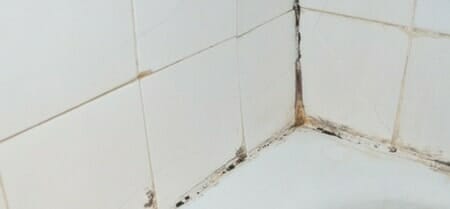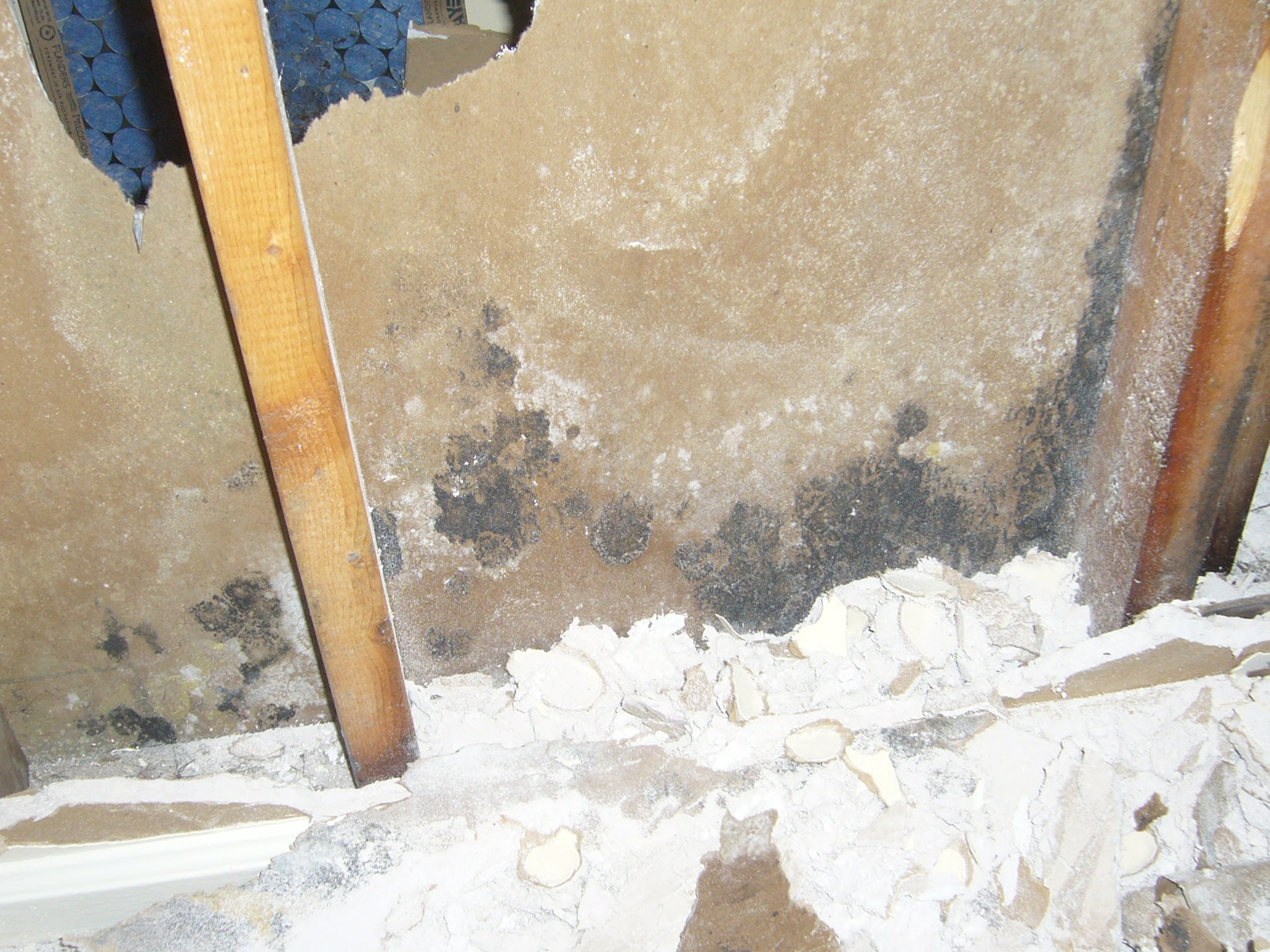Common Sources Of Water Damage in a Bathroom
Common Sources Of Water Damage in a Bathroom
Blog Article
Nearly everybody has their own unique idea when it comes to How to Fix a Water Damage Bathroom.

The bathroom is incredibly susceptible for damp buildup and also prospective water damages as a result of the frequent use of water in it. This short article provides basic examination strategies to aid detecting water damage hazards.
The frequent use of water in the bathroom makes it extremely at risk for wet build-up as well as prospective water damages. By checking it on a regular basis, you can minimize water associated damages.
The complying with collection of assessments is simple to do as well as ought to be done when in every three months in order to keep your restroom in good shape and to prevent potential water damages triggered by the tub, the shower, pipe joints and plumbing, sinks, cabinets, and the toilet
Do not forget executing these examinations and also be complete while doing them. Keep in mind that these straightforward evaluations can save you a lot of cash by supplying very early indicators for water damage
Bath tub and also Shower
The shower as well as tub require unique focus and upkeep. Inspect the ceramic tiles and change if broken. Make sure that there is no missing cement in between the floor tiles. Check as well as replace fractured caulking at joints where the wall surfaces satisfy the floor or the bathtub. Clogged drains pipes and also pipelines issues will prevent the bath tub from drying out as well as might suggest major problems beneath the tub. Consult with a specialist right away to prevent architectural damage. Take notice of discolorations or soft locations around the bathtub wall surfaces as they may show an interior leakage.
Plumbing
Signs for water damage are hard to find because the majority of pipelines are installed inside the wall surfaces.
Pay special attention to floor covering and wall surfaces moisture and also stains as they might indicate an unseen plumbing problem. Examine moisture degrees in adjoining spaces also.
Sinks and also Cabinets
Sinks as well as closets are subjected to dampness as well as moisture daily and also are frequently ignored. Evaluate frequently under the sink and also on the counter top over it. Repair any kind of drip in the trap as it may recommend drain issues. Look around the sink, sluggish draining pipelines may suggest an obstructed drainpipe. Replace sink seals if they are split or loosened.
The Toilet
The bathroom is an at risk water junction. Inspect the water lines and also search for leakages around the commode seat, in the hose, as well as under the water container. If you identify any indications of dampness on the floor around the toilet, look for leakages in the toilet rim and storage tank seals.
Realize that hanging toilet bowl antiperspirants enhances the opportunities for obstructions.
Water Damage Signs In The Bathroom To Avoid Cleanup
Musty smell
This is one of the easiest signs to catch because musty smells are so odorous. The damp, earthy, moldy smell should be a big red flag. The smell will develop when moisture gets trapped in surfaces, and begins to facilitate mold growth. Leaking pipes under cabinets, inside walls, and behind shower fixtures will cause moisture to stay trapped and not dry, which will lead to mold growth and spread. As soon as you notice any musty smells in your bathroom, have it checked for hidden water damage and cleanup signs.
Visible mold
If the smell isn’t there to give it away, sometimes you will actually see mold growth. Finding mold in your bathroom is a serious problem, because mold is very harmful to your health. By the time mold growth is visible, it also means that water damage has already occurred and been present for some time. The only way the mold problem can be resolved is to find the source of the moisture and get it stopped. To safely and adequately remove mold, you need to have professionals handle the remediation. Do not waste any time in getting mold problems addressed, fixed, and sanitized so that you can protect you and your family from the many respiratory symptoms caused by mold exposure.
Damaged floors
Bathroom floors should be able to withstand some exposure to water while still remaining in good condition. However, when excess exposure or water leaks occur, they will begin to damage even the most water-resistant flooring. If you notice any cracking, bubbling, staining, or warping on your bathroom floors, there is probably a water leak somewhere causing the distortion. If you notice areas of the floor have become softer, or even have a spongy feeling, there is probably damage to the subfloor. Subflooring is typically made up of plywood. When plywood is exposed to water or moisture, it will absorb it. Once it has become saturated, the weight of the excess water will cause the wood to swell and soften. Check the floors in your bathroom frequently to catch any of these sings before they lead to damaged subflooring.
Changes on walls
When water leaks behind walls, it will cause changes in the drywall. Peeling plaster, blistering paint, and soggy wallpaper are all good indicators that excess water is building up behind the wall. Water leaking behind drywall will cause it to swell and be soft to the tough. If you start to notice gaps along the trim of your walls, or where tile meets the wall, it could also be a strong indicator that there is a leak behind the wall. Any changes, distortion, or damage on the walls should be evaluated as soon as you notice it to prevent further water damage and cleanup.

As a fervent reader about Common Causes of Water Damage in a Bathroom, I thought sharing that editorial was really helpful. Sharing is nice. You never know, you will be doing someone a favor. Bless you for your time. Kindly stop by our website back soon.
Visit Page Report this page